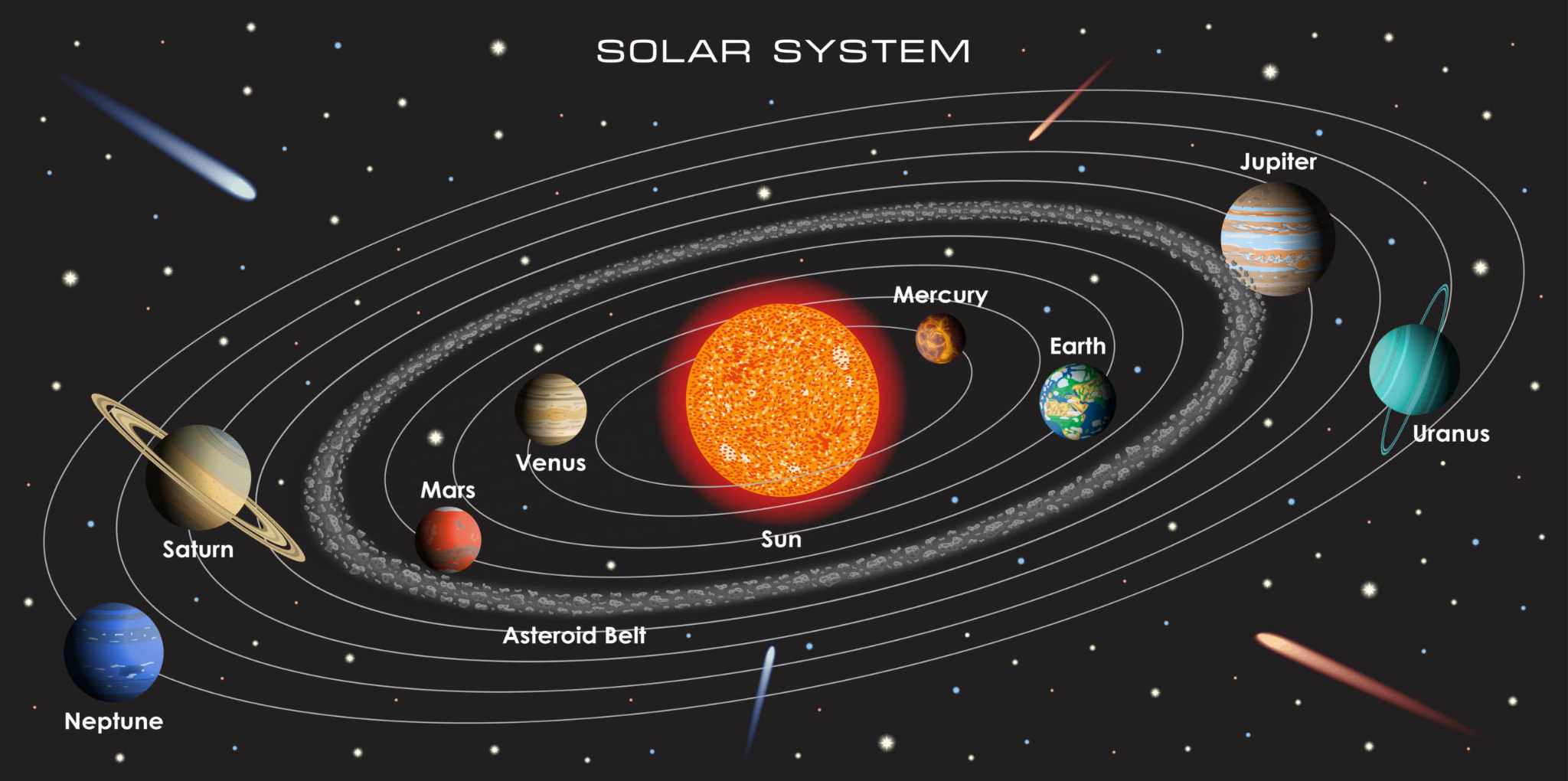Geography
Venus' Tectonic History
- 31 Oct 2023
- 6 min read
For Prelims: Venus, Plate tectonics, Earth, National Aeronautics and Space Administration (NASA), DAVINCI, Mariner 10 Spacecraft.
For Mains: Relevance of different geophysical events not only on Earth but also other planets such as Venus etc.
Why in News?
According to a new study, Venus, often referred to as Earth’s sister planet, may have experienced tectonic activity about 4.5 billion to 3.5 billion years ago.
What is Venus' Tectonic History?
- About Plate Tectonics:
- Plate tectonics, a fundamental scientific theory, explains how Earth's thin outer shell is divided into tectonic plates that float on the planet's mantle. This process has contributed to the formation of oceans, continents, mountains, and the sustenance of life on Earth.
- Venus, Earth's "Sister" Planet:
- While Venus and Earth share similarities in size, mass, density, and volume, Venus remains the least understood among terrestrial planets.
- The study suggests that Venus and its tectonic history, has intriguing implications for the planet's atmospheric composition and potential for ancient microbial life.
- Implications:
- The study posits that plate tectonics, akin to Earth's, may have played a crucial role in shaping Venus's carbon dioxide- and nitrogen-rich atmosphere.
- With approximately 96.5% carbon dioxide and less than 3.5% nitrogen, understanding Venus's atmospheric composition is crucial.
- Also, Venus may have been home to microbial life billions of years ago due to tectonic activities.
How Plate Tectonics has brought Changes on Venus?
- Plate tectonics on Venus would likely have ceased due to loss of water and an increasingly hot and thick atmosphere, possibly depleting the necessary ingredients for tectonic movement.
- The researchers propose that planets can transition in and out of different tectonic states, suggesting the potential for planets to shift in and out of habitability rather than maintaining a constant state.
- This realization challenges the binary perspective of tectonics being either true or false throughout a planet's history.
- To confirm their findings and delve deeper into Venus's tectonic history, the researchers are hopeful for insights from the NASA upcoming mission to Venus, called DAVINCI.
- This mission could provide vital clues and enhance our understanding of Venus's geological past.
- Additionally, the researchers aim to uncover the reasons behind Venus losing its plate tectonics over time.
What is Venus?
- About:
- It is named after the Roman goddess of love and beauty. It is the second planet from the Sun and sixth in the solar system in size and mass.
- It is the second brightest natural object in the night sky after the Moon, probably that is the reason why it was the first planet to have its motions plotted across the sky, as early as the second millennium BC.
- It is named after the Roman goddess of love and beauty. It is the second planet from the Sun and sixth in the solar system in size and mass.
- Characteristics:
- Unlike the other planets in our solar system, Venus and Uranus spin clockwise on their axis.
- It is the hottest planet in the solar system because of the high concentration of carbon dioxide which works to produce an intense greenhouse effect.
- A day on Venus is longer than a year. It takes Venus longer to rotate once on its axis than to complete one orbit of the Sun.
- That’s 243 Earth days to rotate once - the longest rotation of any planet in the Solar System - and only 224.7 Earth days to complete one orbit of the Sun.
- Comparison With Earth:
- Venus has been called Earth’s twin because of the similarities in their masses, sizes, and densities and their similar relative locations in the solar system.
- No planet approaches closer to Earth than Venus; at its nearest it is the closest large body to Earth other than the Moon.
- Venus has 90 times the atmospheric pressure of Earth.
What are the Different Missions to Mars?
UPSC Civil Services Examination Previous Year Questions (PYQs)
Q. What is the difference between asteroids and comets? (2011)
- Asteroids are small rocky planetoids, while comets are formed of frozen gases held together by rocky and metallic material.
- Asteroids are found mostly between the orbits of Jupiter and Mars, while comets are found mostly between Venus and Mercury.
- Comets show a perceptible glowing tail, while asteroids do not.
Which of the statements given above is/are correct?
(a) 1 and 2 only
(b) 1 and 3 only
(c) 3 only
(d) 1, 2 and 3
Ans: (b)
Q. Which of the following pairs is/are correctly matched? (2014)
Spacecraft : Purpose
- Cassini-Huygens: Orbiting the Venus and transmitting data to the Earth
- Messenger: Mapping and investigating the Mercury
- Voyager 1 and 2: Exploring the outer solar system
Select the correct answer using the code given below:
(a) 1 only
(b) 2 and 3 only
(c) 1 and 3 only
(d) 1, 2 and 3
Ans: (b)







